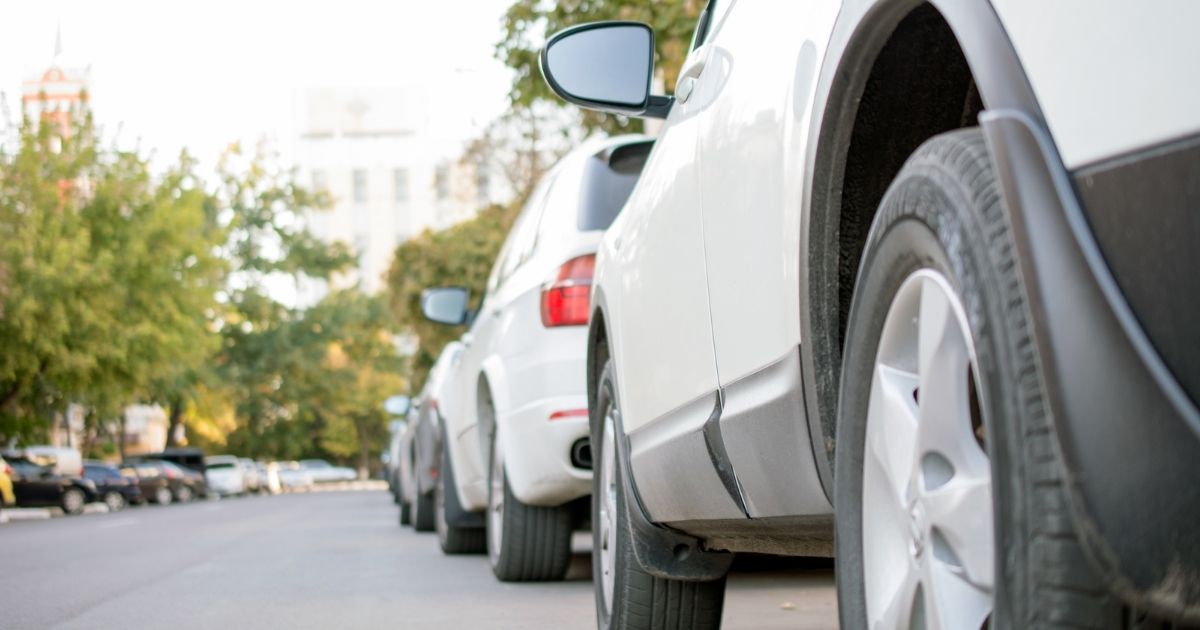How to Park Your Car Safely on the Street
March 20, 2024
Parking your car safely on the street is a vital skill every driver should master to avoid unnecessary risks and potential legal troubles. Whether parking in a busy urban area or a quieter suburban street, the best practices for street parking can protect your vehicle and ensure everyone’s safety. There are a few tips worth sharing, like ways to find the best spots and what to do if your vehicle gets damaged in a place.
How Can I Find a Safe Parking Spot?
Finding a safe street parking spot can minimize the risk of accidents or theft. Here is what to look for:
- Visibility: Look for a spot that offers good visibility from all angles. Avoid parking near blind corners, sharp turns, or obstructed views that could increase the likelihood of your vehicle being hit by passing cars.
- Street lighting: Well-lit parking spots are always best, especially at night. Adequate lighting deters potential thieves and improves other drivers’ visibility.
- Proximity to crosswalks and intersections: Avoid parking too close to crosswalks or intersections, which can have considerable vehicle and foot traffic. Parking a safe distance away allows for better visibility and reduces the risk of car accidents.
- Parking restrictions: Pay attention to parking signs and regulations to avoid parking illegally or in restricted zones. Violating parking regulations can result in fines or having your vehicle towed.
What Steps Should I Take to Park My Car Securely?
Once you have found a suitable parking spot, taking the right steps to park your car securely is crucial for preventing accidents and ensuring the safety of your vehicle.
When parking parallel to the curb, align your car parallel to the vehicles parked in front and behind you and leave enough space for easy entry and exit. Always engage your parking brake when parking on the street, regardless of whether you are parked on a flat surface or an incline. That helps prevent your car from rolling away, especially on sloped streets.
Avoid leaving valuable items inside your car; thieves can find them even when hidden. If you must leave belongings there, store them in the trunk. Before opening your car door to exit, check your surroundings for passing vehicles, cyclists, or pedestrians. Exiting your vehicle without assessing the situation can lead to accidents or collisions with other road users.
Finally, before walking away, check that all doors and windows are securely locked. This simple step can deter potential thieves and protect your belongings.
What Should I Do if My Parked Car Is Damaged?
Accidents still happen while your car is parked on the street despite taking precautions. If you return and discover damage, follow these steps:
- Document the damage: Take photos of any visible damage to your car, including dents, scratches, or broken parts. Note the location and time of the incident and any other relevant details that may help with insurance claims or police reports.
- Collect witness information: If possible, gather contact information from witnesses who have seen the accident. Their statements can provide valuable evidence to support your insurance claim or legal case.
- Contact your insurance provider: Report the damage to your insurance provider immediately and provide them with all relevant information.
- Consult a lawyer: If another driver’s negligence damages your parked car, consider seeking legal advice from experienced car accident lawyers. They can help you understand your rights, assess the extent of your damages, and pursue compensation for your losses.
Contact Our Baltimore Car Accident Lawyers at LeViness, Tolzman & Hamilton if You Need Legal Assistance With a Parked Car Accident
Our experienced Baltimore car accident lawyers work to achieve the best possible outcomes. For a free consultation, contact LeViness, Tolzman & Hamilton today. Call us at 800-547-4LAW (4529) or submit our online form.
We have offices in Baltimore, Glen Burnie, Lanham, and Owings Mills, allowing us to represent clients in Maryland, including those in Anne Arundel County, Baltimore County, Carroll County, Harford County, Howard County, Montgomery County, Maryland’s Western Counties, Prince George’s County, Queen Anne’s County, Southern Maryland, and the Eastern Shore, as well as the communities of Catonsville, Essex, Halethorpe, Middle River, Rosedale, Gwynn Oak, Brooklandville, Dundalk, Pikesville, Nottingham, Windsor Mill, Lutherville, Timonium, Sparrows Point, Ridgewood, and Elkridge.

